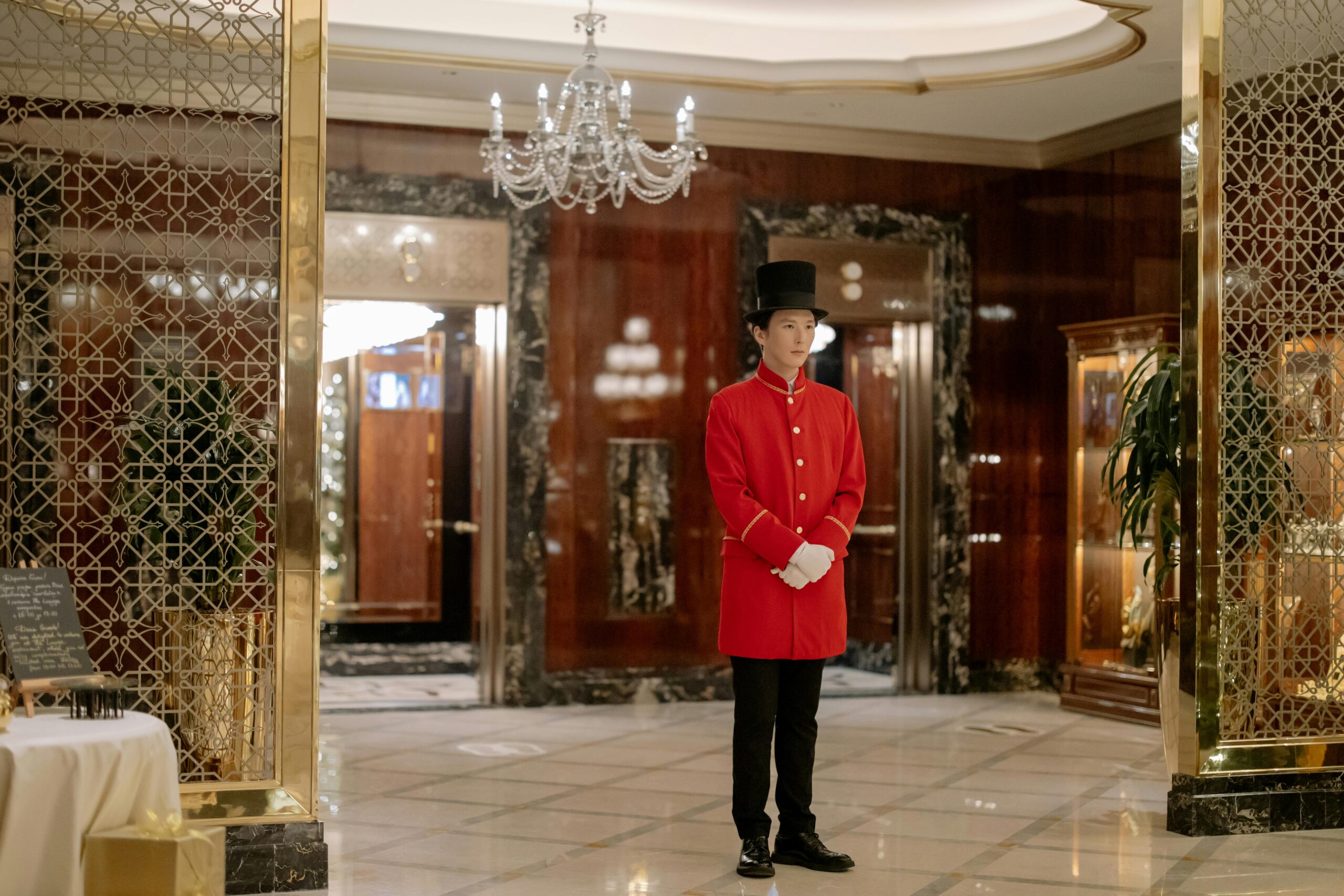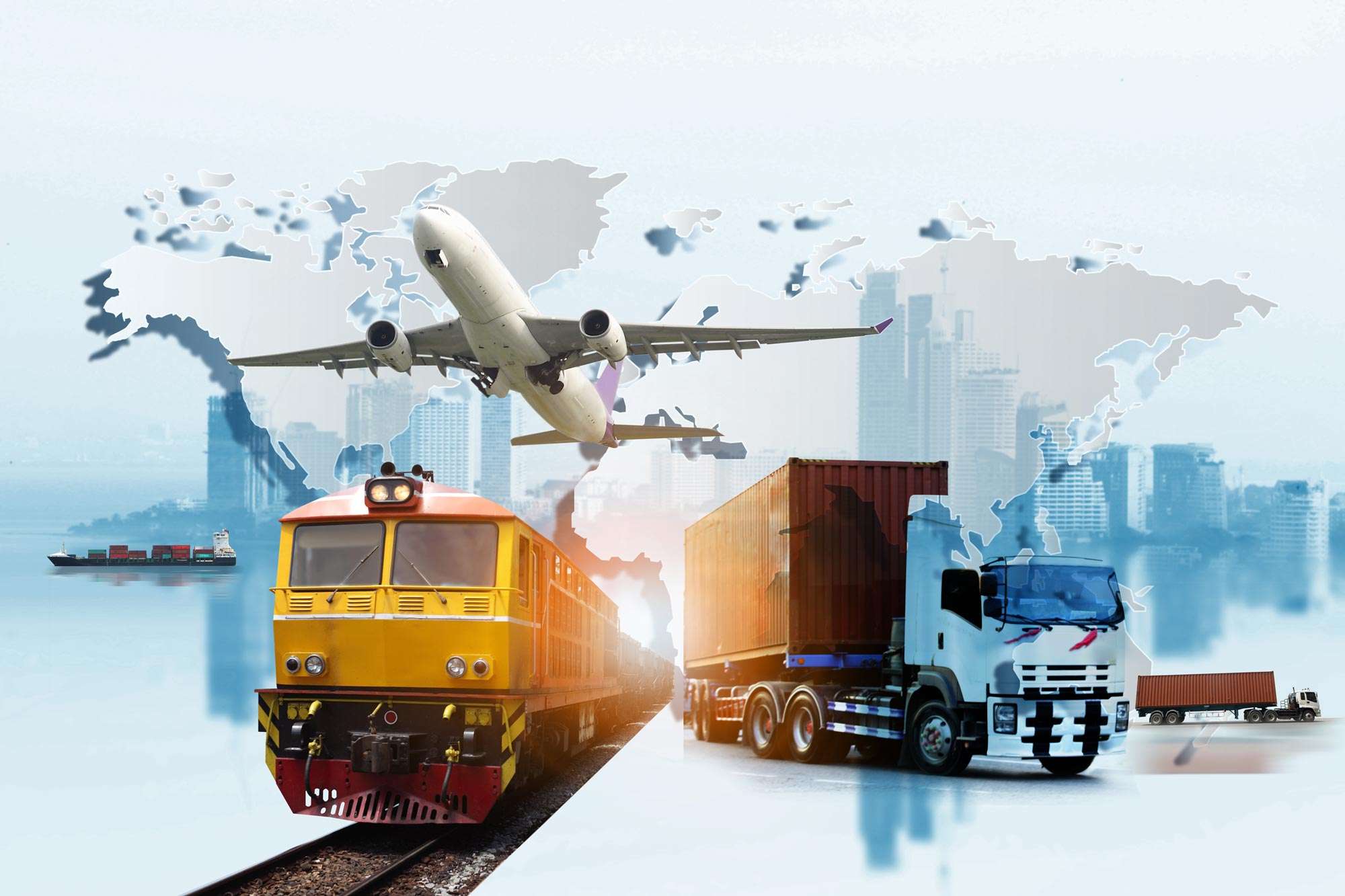As we move into 2024, it’s time to look at the economic powerhouses that dominate the global stage. Measuring the wealth of a nation involves considering a range of factors from GDP to quality of life.
Here, we present the top 10 richest countries in the world for 2024.
1. Monaco
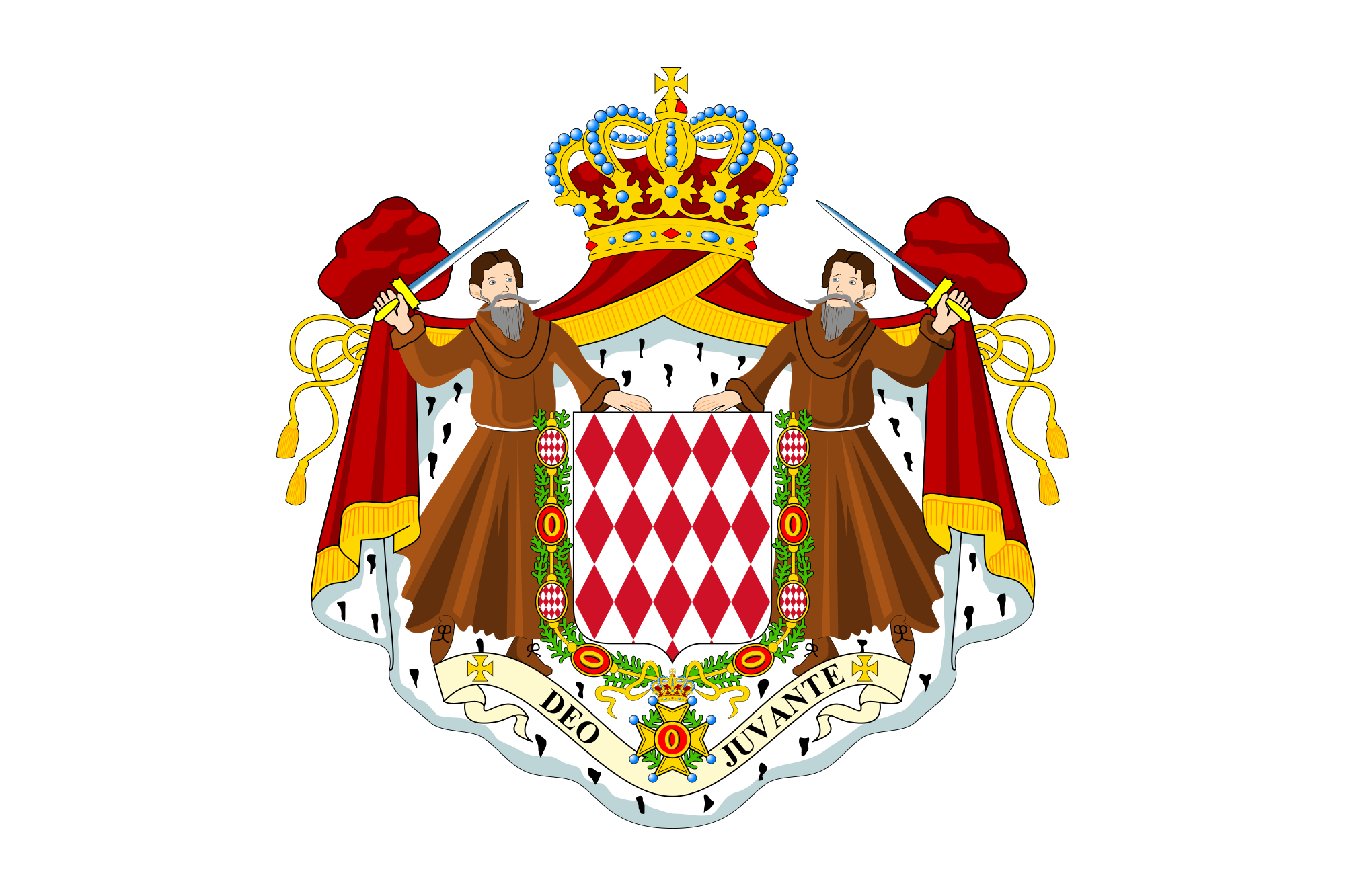
Currency Strength:
- The Euro (EUR), Monaco’s currency, is among the strongest in the world, reflecting the region’s economic stability.
GDP:
- Monaco’s GDP has shown consistent growth, with the economy expanding significantly over the years.
GDP per Capita:
- Monaco has one of the highest GDP per capita globally, indicating its residents’ high standard of living.
Income Distribution:
- Income distribution details for 2024 are not readily available, but Monaco’s high GDP per capita suggests a generally affluent population.
Economic Structure:
- Monaco’s economy is diverse, with significant contributions from sectors like scientific and technical activities, financial and insurance activities, and wholesale trade.
Employment Rate:
- Employment has seen a substantial increase over the past decade, with over 90% of employment being in the private sector.
Foreign Direct Investment (FDI):
- FDI data for Monaco in recent years indicates no significant change, maintaining a stable economic environment.
Infrastructure and Development:
- Monaco is undergoing significant infrastructure development, with projects like Testimonio II, Îlot Pasteur, and the offshore extension project Mareterra, all scheduled for completion by 2024-2025.
Natural Resources:
- Monaco’s natural resources include fish from the Mediterranean Sea and the country’s scenic beauty, vital for tourism.
Financial Growth:
- The financial sector has shown resilience, contributing positively to Monaco’s GDP and overall economic stability.
Economic Growth:
- Economic indicators such as GDP and GDP per capita reflect Monaco’s ongoing economic expansion and growth.
2. Luxembourg
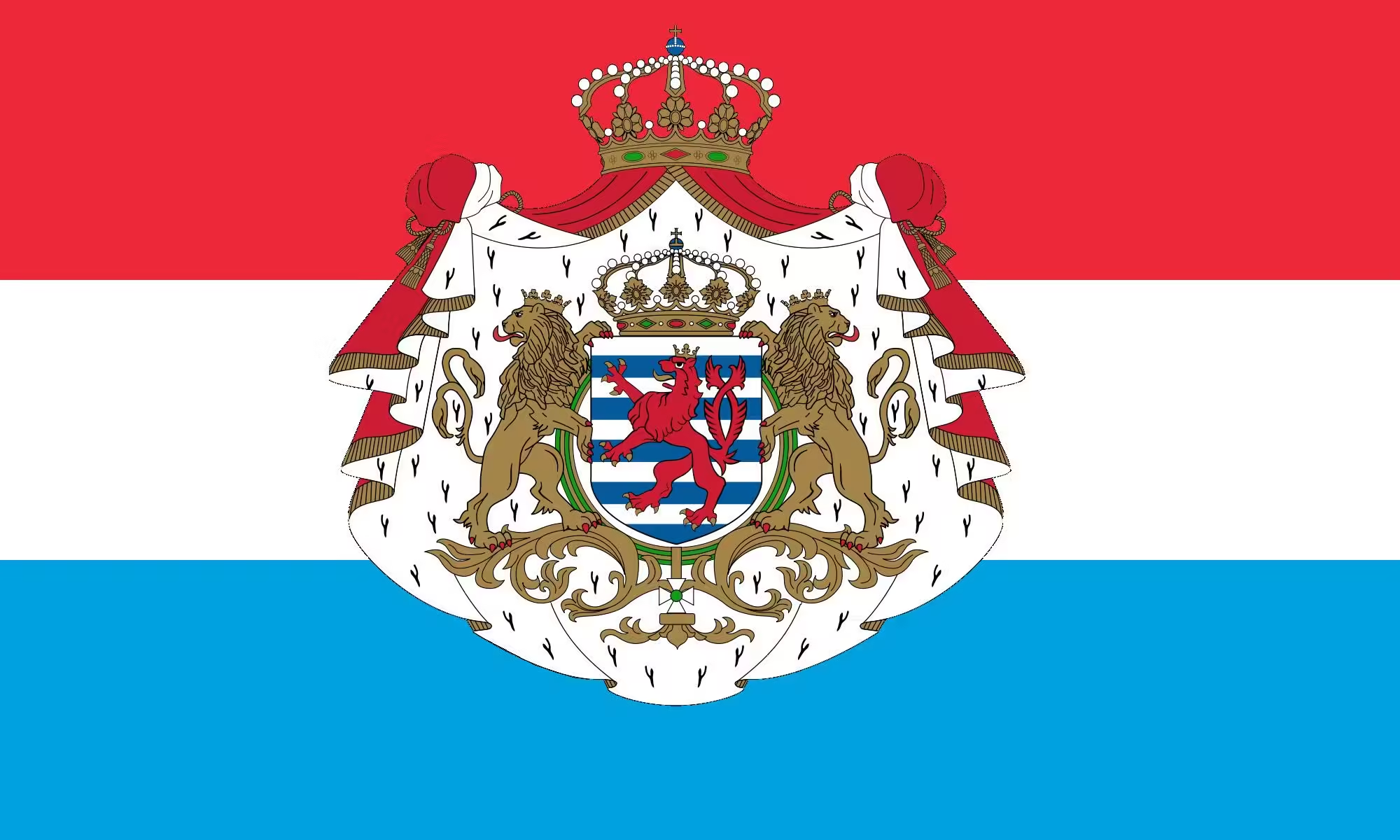
Currency Strength:
- The Euro (EUR), Luxembourg’s currency, is among the strongest in the world, reflecting the region’s economic stability.
GDP:
- Luxembourg’s GDP has shown consistent growth, with the economy expanding significantly over the years.
GDP per Capita:
- Luxembourg has one of the highest GDP per capita globally, indicating its residents’ high standard of living.
Income Distribution:
- The income distribution ratio in Luxembourg was 4.54 in 2022, suggesting a relatively equitable distribution of income.
Economic Structure:
- The main driver of growth is private consumption, supported by rising nominal wages and receding inflation. However, investment is projected to remain weak in 2024, mainly due to the downturn in construction.
Employment Rate:
- The employment rate for individuals aged 20 to 64 was 74.80% in 2023, and the number of employed people is forecast to increase between 2024 and 2025 continuously.
Foreign Direct Investment (FDI):
- Luxembourg introduced an FDI screening mechanism in 2023, affecting security or public order, reflecting a stable and secure investment environment.
Infrastructure and Development:
- Investment remains at a high level, reaching €4 billion by 2024, with priorities on enhancing the country’s economic infrastructure and social cohesion.
Natural Resources:
- Luxembourg’s natural resources include minerals, scenic landscapes, and arable land, particularly known for its vineyards along the Moselle River.
Financial Growth:
- The financial sector is expected to boost activity, especially with an earlier-than-expected easing of global financial conditions.
Economic Growth:
- Real GDP is projected to grow by 1.4% in 2024 and 2.6% in 2025, with private consumption being the main driver of growth
3. Ireland
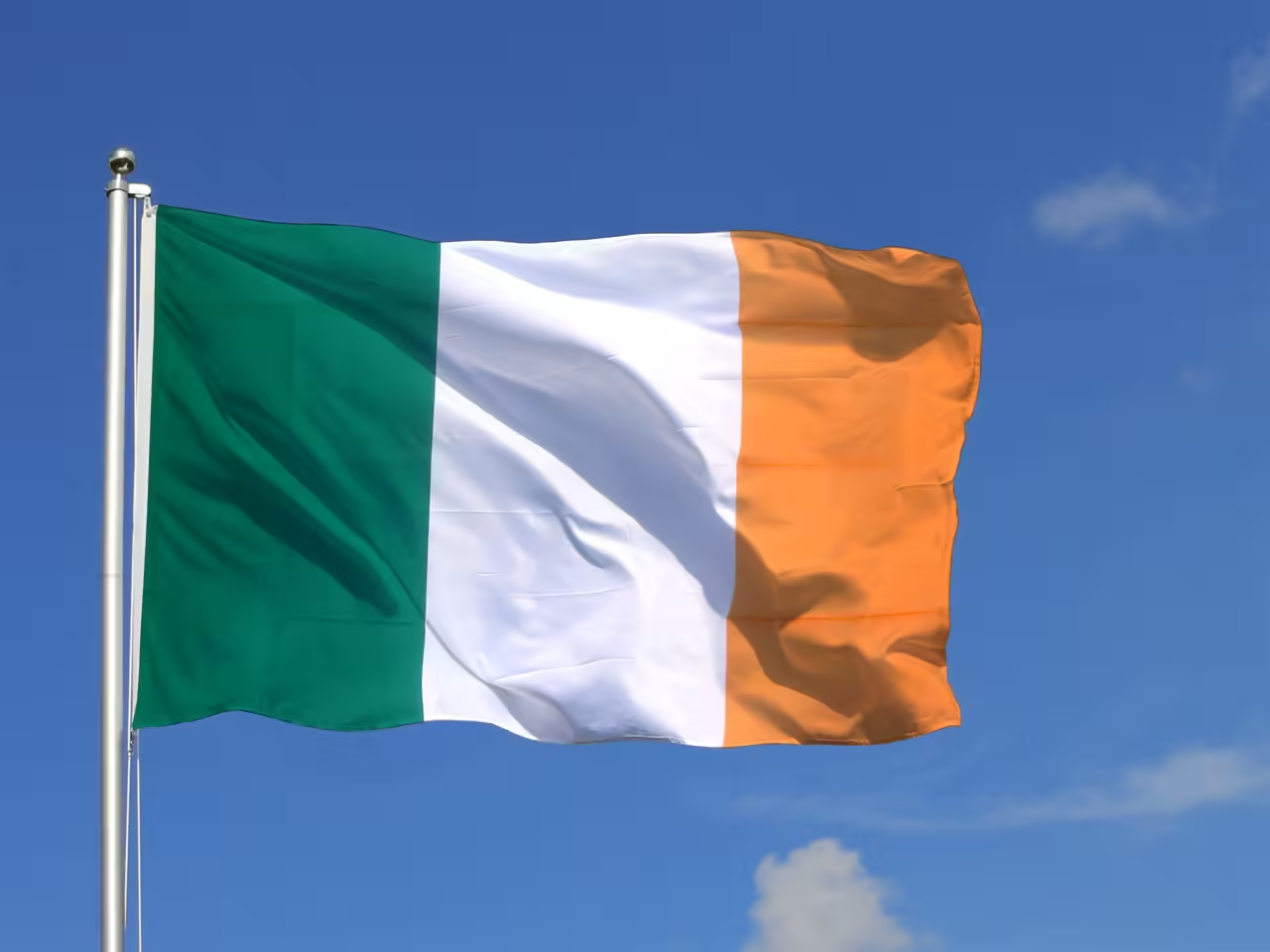
Currency Strength:
- The Euro (EUR), Ireland’s currency, is among the strongest in the world, reflecting the region’s economic stability.
GDP:
- Ireland’s GDP has shown consistent growth, with the economy expanding significantly over the years.
GDP per Capita:
- Ireland has one of the highest GDP per capita globally, indicating its residents’ high standard of living.
Income Distribution:
- The income distribution ratio in Ireland was 4.07 in 2022, suggesting a relatively equitable distribution of income.
Economic Structure:
- Ireland’s economy is expected to rebound and grow by 1.2% in 2024 and 3.6% in 2025 supported by an improvement in global trade, falling inflation, and a strong labor market.
Employment Rate:
- The employment rate for individuals aged 15 to 64 was 74 percent as of the fourth quarter of 2023.
Foreign Direct Investment (FDI):
- Ireland’s FDI increased by 7.1 USD bn in Dec 2023, compared with an increase of 25.7 USD bn in the previous quarter.
Infrastructure and Development:
- Project Ireland 2040 is the government’s long-term overarching strategy to make Ireland a better country for all of its people. The plan changes how investment is made in public infrastructure in Ireland.
Natural Resources:
- Ireland is investing in the Infrastructure, Climate, and Nature Fund, which will support designated environmental projects and assist with climate change objectives and nature, water quality, and biodiversity issues.
Financial Growth:
- Ireland’s financial sector is expected to boost activity, especially with an earlier-than-expected easing of global financial conditions.
Economic Growth:
- Real GDP is projected to grow by 1.4% in 2024 and 2.6% in 2025, with private consumption being the main driver of growth
4. Singapore
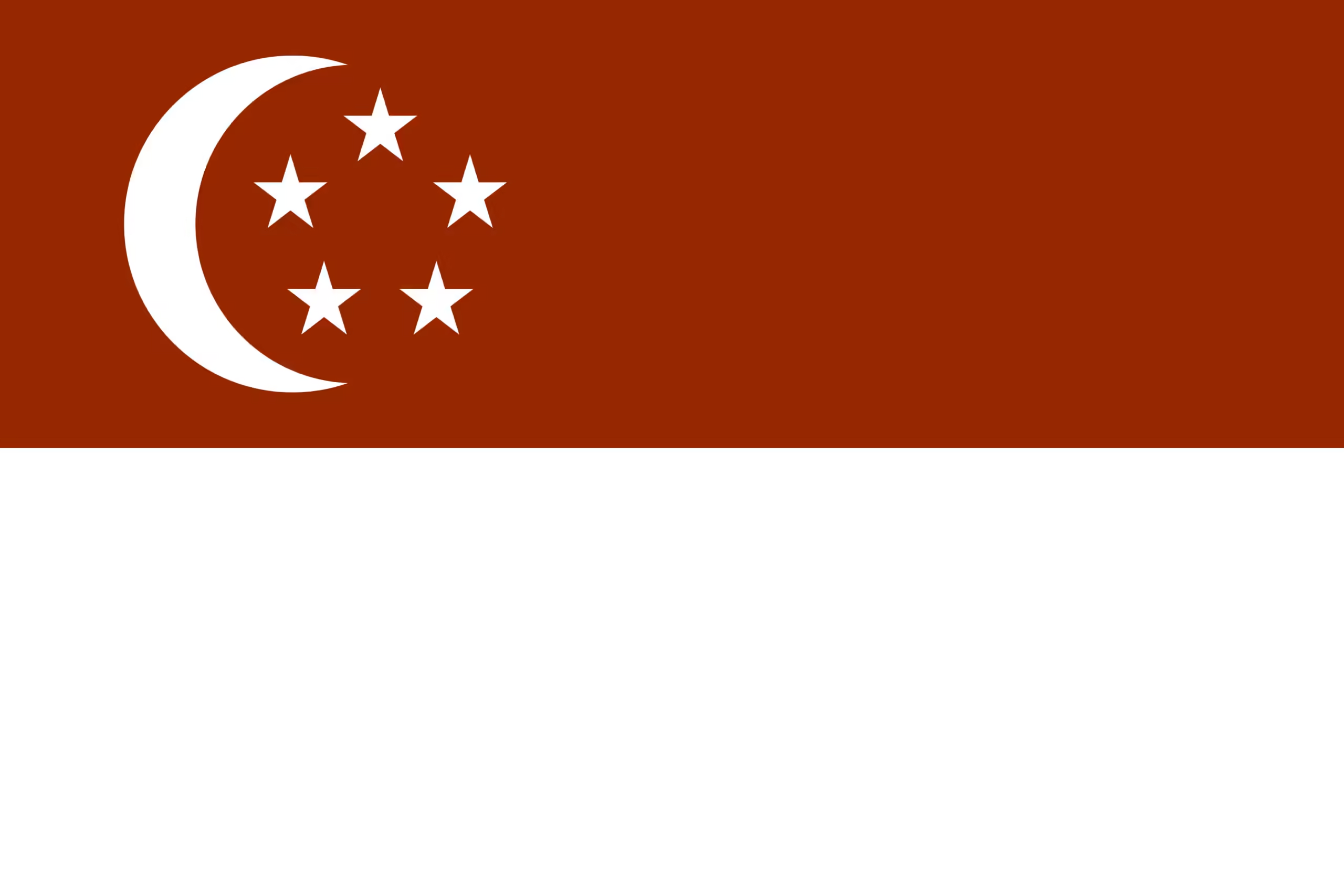
Currency Strength:
- The Singapore Dollar (SGD) has shown resilience, with a slight depreciation against the USD and stability against the EUR.
GDP:
- Singapore’s GDP grew by 2.7% in the first quarter of 2024, with a forecasted growth of 1.0 to 3.0% for the year.
GDP per Capita:
- The GDP per capita is expected to continue its growth trend, contributing to Singapore’s high standard of living.
Income Distribution:
- Income distribution data suggests a median income growth over the past decade, with a focus on equitable distribution.
Economic Structure:
- The economy is diversified with strong contributions from finance, insurance, transportation, storage, and wholesale trade sectors.
Employment Rate:
- Employment levels have seen positive growth, with the labor force participation rate reflecting a robust job market.
Foreign Direct Investment (FDI):
- FDI in Singapore increased significantly, indicating a stable and secure investment environment.
Infrastructure and Development:
- Singapore is committed to infrastructure development, with major upcoming public sector projects and a focus on future-readiness.
Natural Resources:
- While Singapore has limited natural resources, it focuses on renewable energy and sustainable practices.
Financial Growth:
- The financial sector is expected to contribute positively to Singapore’s GDP and overall economic stability.
Economic Growth:
- Real GDP growth is projected to be between 1.0 to 3.0% for 2024, with private consumption being a main driver
5. Qatar
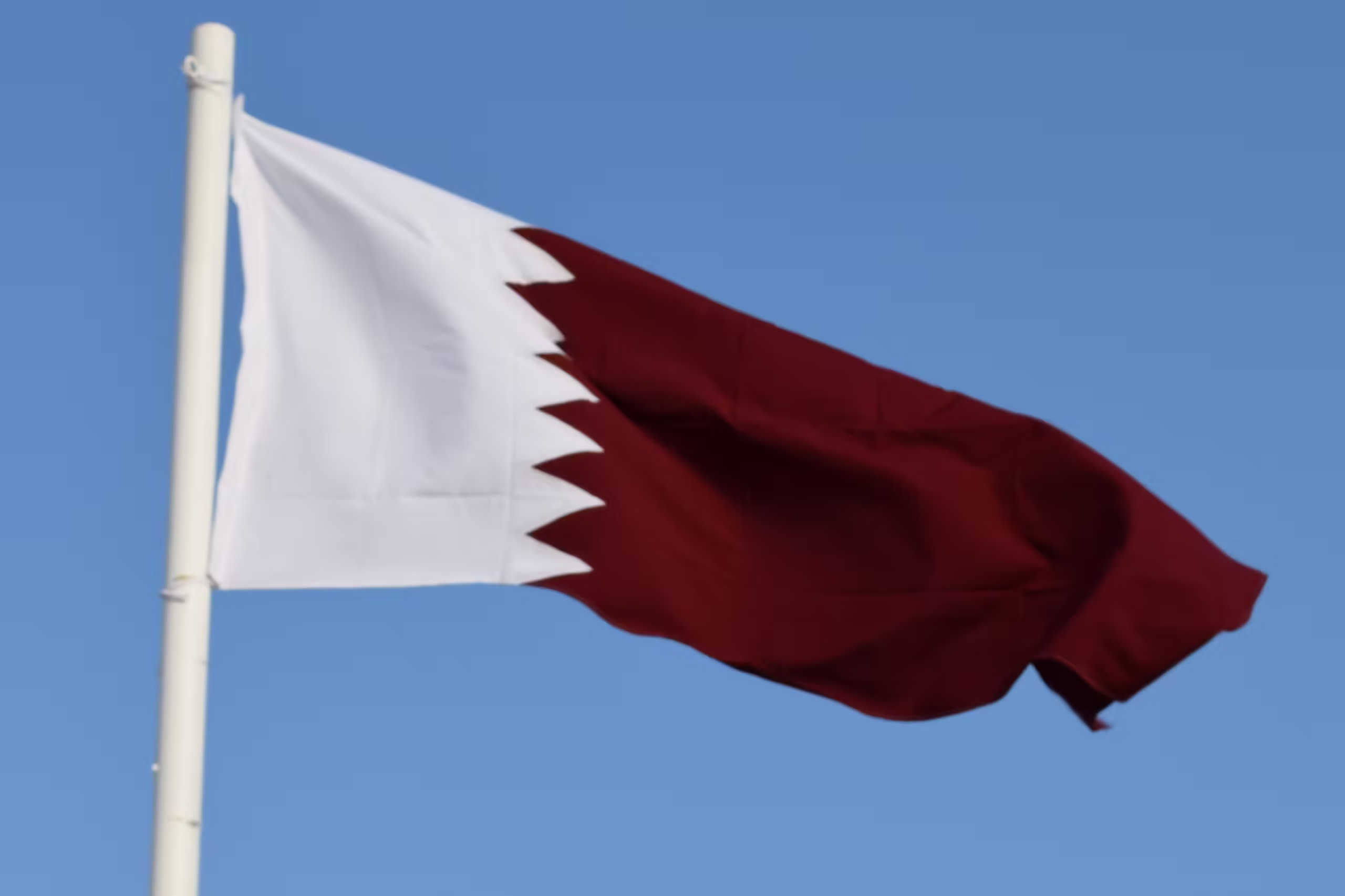
Currency Strength:
- The Qatari Riyal (QAR) has shown resilience, with a slight appreciation against the Indian Rupee (INR) in 2024.
GDP:
- Qatar’s GDP growth is normalizing, with real GDP growth projected at 1.6 percent for 2023 and expected to continue at a moderate pace.
GDP per Capita:
- The GDP per capita is forecasted to continuously increase, reflecting the high standard of living.
Income Distribution:
- Income levels in Qatar remain among the highest regionally, though economic disparities persist.
Economic Structure:
- Qatar’s economy is diversifying, with non-hydrocarbon growth supported by investment in public projects and sectors like logistics, manufacturing, and tourism.
Employment Rate:
- The unemployment rate in Qatar remains one of the lowest globally, indicating a robust job market.
Foreign Direct Investment (FDI):
- FDI in Qatar increased by 29.1 USD million in Dec 2023, showing a stable investment environment.
Infrastructure and Development:
- Qatar is initiating projects worth $19 billion in 2024, focusing on land development, road improvements, sanitation, and outfall projects.
Natural Resources:
- Qatar’s economy is heavily reliant on its hydrocarbon resources, but efforts are underway to diversify into a knowledge-based economy.
Financial Growth:
- The financial sector is expected to contribute positively to Qatar’s GDP and overall economic stability.
Economic Growth:
- Real GDP growth is projected to be around 2.2% in 2024, with a focus on sustainable development and economic diversification
6. Bermuda

Currency Strength:
- The Bermudian Dollar (BMD) is pegged to the US Dollar (USD), ensuring stability and strength in the currency.
GDP:
- Bermuda’s GDP has shown consistent growth, with the economy expanding significantly over the years.
GDP per Capita:
- The GDP per capita has increased, reflecting the high standard of living in Bermuda.
Income Distribution:
- Income distribution data is being collected through the Household Income and Expenditure Survey to assess living standards and support decision-making.
Economic Structure:
- Bermuda’s economy is primarily driven by international business, finance, insurance, and tourism sectors.
Employment Rate:
- The employment rate has been robust, with a significant portion of the workforce employed in the private sector.
Foreign Direct Investment (FDI):
- FDI in Bermuda has seen fluctuations, with recent trends indicating a focus on strategic investments.
Infrastructure and Development:
- Bermuda is investing in infrastructure, with increased funding for housing, road paving, and IT system improvements to enhance the quality of life.
Natural Resources:
- The focus on environmental conservation and management is evident, with initiatives to protect and develop natural reserves.
Financial Growth:
- Financial services continue to be a key contributor to Bermuda’s GDP and overall economic stability.
Economic Growth:
- Economic indicators suggest that Bermuda is on track to record sustainable growth, supported by a strong international business sector and tourism
7. Macao SAR

Currency Strength:
- The Macanese Pataca (MOP) has shown stability, with foreign exchange reserves representing 11 times the currency in circulation or 90.8% of Pataca M2.
GDP:
- Macao’s GDP growth is projected to be between 8.3% and 21.0%, with a strong rebound in the gaming sector and efforts towards economic diversification.
GDP per Capita:
- The GDP per capita continues to reflect a high standard of living, with Macao being one of the wealthiest territories globally.
Income Distribution:
- The government has initiated annual cash handouts as part of its Wealth Partaking Scheme 2024, indicating efforts to distribute wealth among residents.
Economic Structure:
- Macao SAR is focusing on diversifying its economy with the development of nascent industries such as traditional Chinese medicine, modern financial services, high technology, and convention and exhibition sectors.
Employment Rate:
- The general unemployment rate has decreased to 2.1%, with a labor force participation rate of 67.6%, indicating a robust job market.
Foreign Direct Investment (FDI):
- FDI in Macao has seen an increase, indicating a stable and secure investment environment.
Infrastructure and Development:
- The Policy Address for 2024 outlines key priorities including the construction of a smart and green city, indicating ongoing infrastructure development.
Natural Resources:
- Macao’s natural resources include its scenic landscapes, which are vital for tourism, with initiatives to protect and develop natural reserves.
Financial Growth:
- The financial sector is expected to contribute positively to Macao’s GDP and overall economic stability.
Economic Growth:
- Real GDP growth is projected to be robust, with forecasts indicating a continuation of strong economic performance in 2024
8. Switzerland
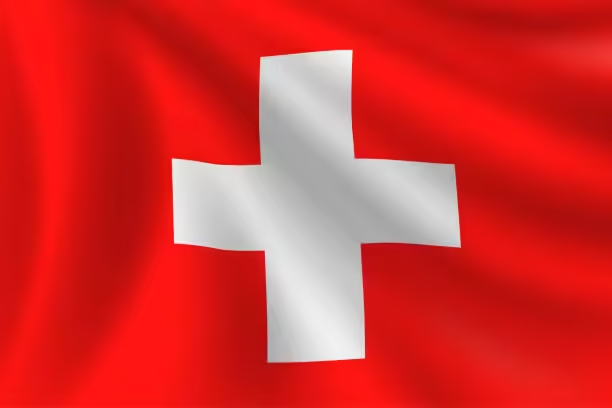
Currency Strength:
- The Swiss Franc (CHF) is expected to lose some of its previous strength in 2024, with forecasts suggesting a slight depreciation against major currencies.
GDP:
- Switzerland’s GDP growth is projected to remain moderate, with an estimated growth rate of 1.5% for 2024.
GDP per Capita:
- The nominal GDP per capita in 2024 is projected to be around $105,669.
Income Distribution:
- Income distribution details are not specified, but the upper class in Switzerland starts at CHF 9,998 gross per month.
Economic Structure:
- The Swiss economy is characterized by a dynamic market-based economy, a highly skilled workforce, and prudent macroeconomic policies.
Employment Rate:
- The employment rate has risen by 1.4% year-on-year to reach 5.3 million in the first quarter of 2024, with the unemployment rate at 4.3%.
Foreign Direct Investment (FDI):
- FDI in Switzerland fell by 15.8 USD bn in Dec 2023, indicating a stable investment environment.
Infrastructure and Development:
- Switzerland continues to invest in infrastructure, with a positive outlook for the asset class going into 2024.
Natural Resources:
- Switzerland’s natural resources include land for agriculture, tourist attractions, and water.
Financial Growth:
- Financial growth is expected to be stable, with the banking outlook consensus forecasting an economic growth of 1.5% in 2024.
Economic Growth:
- Real GDP growth is projected to remain below potential in 2024 before picking up in 2025
9. United States

Currency Strength:
- The US Dollar (USD) has demonstrated strength, gaining against most major currencies in 2024.
GDP:
- The US GDP growth is projected at 1.6% for the first quarter of 2024, with a forecasted growth of 1.8% on a Q4/Q4 basis.
GDP per Capita:
- The GDP per capita is expected to continue its growth trend, contributing to the US’s high standard of living.
Income Distribution:
- Income distribution data suggests a median income growth over the past decade, with a focus on equitable distribution.
Economic Structure:
- The US economy is boosted by key structural advantages such as deep capital markets, a flexible labor market, and dynamic private companies.
Employment Rate:
- The employment rate decreased slightly to 60.10% in May from 60.20% in April of 2024.
Foreign Direct Investment (FDI):
- The US remains the top destination for FDI for the 12th consecutive year, reflecting its strong economic fundamentals.
Infrastructure and Development:
- The Biden-Harris Administration has kicked off Infrastructure Week, highlighting over 56,000 projects and significant investments in infrastructure development.
Natural Resources:
- The US continues to invest in clean energy, with renewable deployment expected to grow by 17% to 42 GW in 2024.
Financial Growth:
- Financial growth is expected to be stable, with the banking outlook forecasting an economic growth of 1.5% in 2024.
Economic Growth:
- Real GDP growth is projected to be around 2.4% in 2024, with major investments driving financial growth
10. San Marino

Currency Strength:
- The Euro (EUR), used by San Marino, is among the strongest global currencies, reflecting the region’s economic stability.
GDP:
- San Marino’s GDP has shown consistent growth, with the economy expanding significantly over the years.
GDP per Capita:
- The GDP per capita continues to reflect a high standard of living, with San Marino being one of the wealthiest territories globally.
Income Distribution:
- Income distribution details for 2024 are not readily available, but previous trends suggest a relatively equitable distribution of income.
Economic Structure:
- San Marino’s economy has been resilient, supported by a competitive manufacturing sector and booming tourism. However, external demand and tighter financial conditions will affect growth going forward.
Employment Rate:
- The unemployment rate in San Marino is projected to be at 3.90%, indicating a robust job market.
Foreign Direct Investment (FDI):
- FDI data for San Marino in recent years indicates no significant change, maintaining a stable economic environment.
Infrastructure and Development:
- San Marino is investing in infrastructure, with increased funding for housing, road paving, and IT system improvements to enhance the quality of life.
Natural Resources:
- The focus on environmental conservation and management is evident, with initiatives to protect and develop natural reserves.
Financial Growth:
- The financial sector is expected to contribute positively to San Marino’s GDP and overall economic stability.
Economic Growth:
- Real GDP growth is projected to be around 1.3% beyond 2024, with private consumption being a main driver of growth






